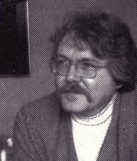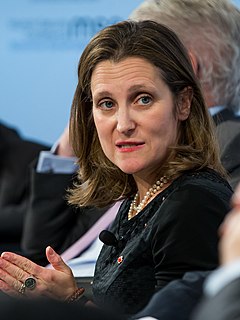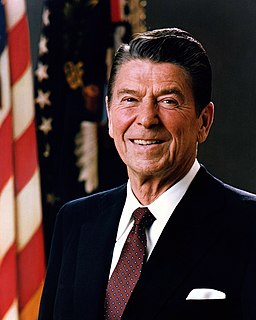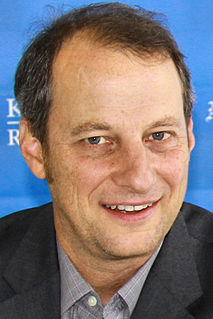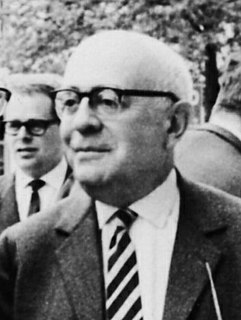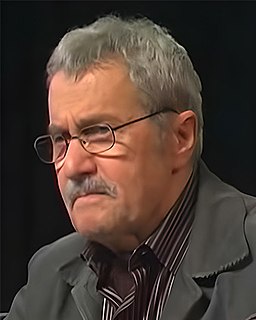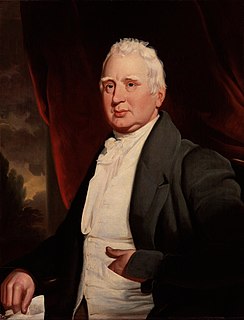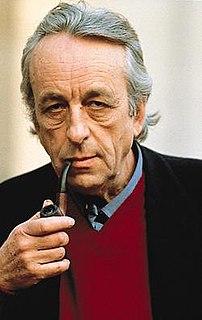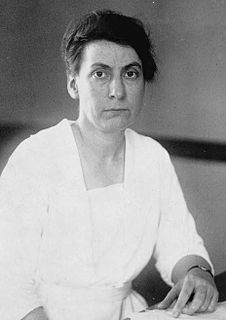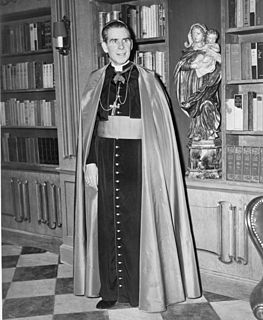A Quote by Robert Shea
A permanent division of labor inevitably creates occupational and class inequality and conflict.
Quote Topics
Related Quotes
Since when do we in America believe that our society is made up of two diametrically opposed classes - one rich, one poor - both in a permanent state of conflict and neither able to get ahead except at the expense of the other? Since when do we in America accept this alien and discredited theory of social and class warfare? Since when do we in America endorse the politics of envy and division?
The error in positivism is that it takes as its standard of truth the contingently given division of labor, that between the science and social praxis as well as that within science itself, and allows no theory that could reveal the division of labor to be itself derivative and mediated and thus strip it of its false authority.
The conservative goal has been the Third Worldization of the United States: an increasingly underemployed, lower-wage work-force; a small but growing moneyed class that pays almost no taxes; the privatization or elimination of human services; the elimination of public education for low-income people; the easing of restrictions against child labor; the exporting of industries and jobs to low-wage, free-trade countries; the breaking of labor unions; and the elimination of occupational safety and environmental controls and regulations.
The Duce told me that he foresaw the possibility of a conflict between Germany and Russia. He said that we could not stay out of this because it involved the struggle against communism. It was, therefore, necessary to make arrangements for the bringing together between Ljubljana and Zagreb of a motorized division, of an armored division, and of the grenadier division.
Through much of its history, the US did not have high inequality as compared with Europe. Less so, in fact. That began to change in the industrial age, reaching a peak in 1928, after the forceful destruction of the labor movement and crushing of independent thought. Largely as a result of labor mobilization, inequality declined during the Great Depression, a tendency continuing through the great growth period of regulated capitalism in the early postwar decades.
The economic class struggle is a struggle against inessanlty intensified exploitation: not only against the brutal material form of exploitation, capitalism's tendency to reduce wages, and against the class 'techniques' for increasing productivity... but also around the question of the technical-social division of labor that prevails om enterprises, and against bourgeois ideology and repression.
Faced with such insecurity, labor unions seek a solution in demands for higher wages, shorter hours, pensions, and such things. But this approach takes monopolistic capitalism for granted, and accepts the unnatural division between property and responsibility as permanent. A much more radical solution is apt to come, and this may take either of two forms.
